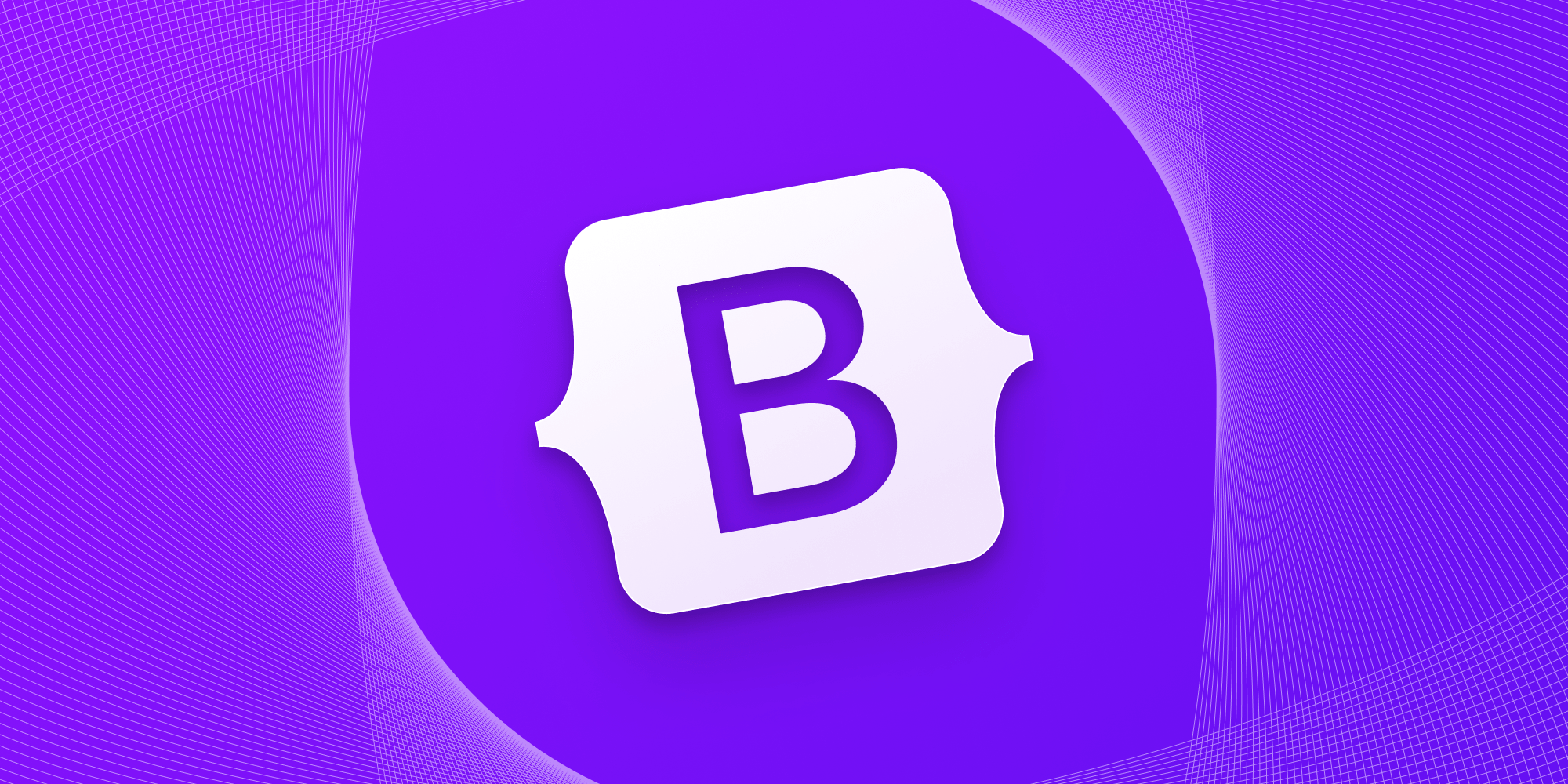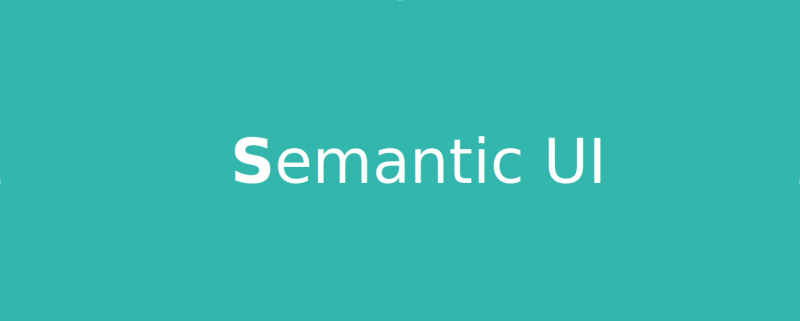The Top 5 CSS Frameworks for ReactJS: A Comprehensive Guide to Enhance Your User Interfaces
ReactJS has emerged as one of the most popular JavaScript libraries for building user interfaces, and its flexibility and component-based architecture have made it a go-to choice for developers worldwide. While ReactJS offers powerful capabilities for managing the UI logic, integrating a CSS framework can significantly enhance the design and aesthetics of your application. In this blog post, we will explore the top five CSS frameworks that seamlessly integrate with ReactJS and empower developers to create stunning user interfaces.
1. Material-UI
Material-UI is a widely used CSS framework for ReactJS, offering a rich set of customizable components based on Google's Material Design principles. It provides a comprehensive library of UI components, including buttons, cards, navigation bars, form elements, and more, all styled according to the Material Design guidelines.
Pros
Comprehensive library: Material-UI offers an extensive collection of pre-built components that cover almost all UI requirements, saving developers valuable time and effort.
Responsiveness and accessibility: Material-UI emphasizes responsive design and accessibility, ensuring that your application looks great and functions well across different devices and platforms.
Theming and customization: Material-UI provides theming support, allowing you to easily customize the appearance of your application to match your brand or personal style.
Cons
Large bundle size: Material-UI's extensive library of components and styles can result in a large bundle size, which may impact the performance of your application.
Steeper learning curve: While Material-UI offers a wide range of customization options, mastering the framework's more advanced customization features can require some additional learning and practice.
Use cases
Material-UI is ideal for projects that require a visually appealing and modern user interface following Google's Material Design guidelines.
It is well-suited for applications that need a wide range of customizable components and a responsive layout.
Material-UI is a great choice for building web applications, mobile apps, or any project where consistent styling and theming are crucial.
2. Bootstrap

Bootstrap is a popular CSS framework that has gained immense popularity due to its extensive collection of pre-built components and responsive grid system. While initially designed for use with jQuery, it can be seamlessly integrated into ReactJS applications using the react-bootstrap library.
Pros
The abundance of components: Bootstrap provides a vast selection of UI components, including navigation bars, modals, forms, and more. These pre-built components enable developers to quickly create attractive and functional user interfaces.
Responsive grid system: Bootstrap's responsive grid system makes it easy to create layouts that adapt to different screen sizes, ensuring a consistent user experience across devices.
Thriving community and ecosystem: Bootstrap boasts a large and active community, resulting in excellent documentation, support, and a wealth of third-party libraries and themes.
Cons
Tight coupling with HTML structure: Bootstrap's components often require specific HTML structures, making customization challenging if you need to deviate from Bootstrap's predefined styles.
Limited customization options: While Bootstrap offers some customization through CSS classes and variables, it may not provide as much flexibility for creating unique and highly tailored designs.
Use cases
Bootstrap is ideal for projects that need a robust set of pre-built components and a responsive grid system.
It is suitable for applications with complex layouts, such as e-commerce platforms, content management systems, or admin dashboards.
Bootstrap's large community and extensive ecosystem make it an excellent choice for projects where community support and third-party extensions are important.
3. Semantic UI React

Semantic UI React combines the elegance of Semantic UI's design language with the power of ReactJS, providing an intuitive and developer-friendly CSS framework. It offers a vast selection of customizable components with semantic class names, making it easier to understand and maintain your codebase.
Pros
Semantic class names: Semantic UI React uses intuitive class names that describe the purpose and meaning of each component, enhancing code readability and making it easier to style and customize.
Extensive component library: Semantic UI React provides a comprehensive library of components, ranging from simple elements like buttons and inputs to more complex elements like dropdowns and accordions.
Concise and expressive syntax: The concise syntax of Semantic UI React allows for faster and more intuitive development, making it an ideal choice for both beginners and experienced developers.
Cons
Smaller community: While Semantic UI React has a dedicated user base, it may have a smaller community compared to some of the other frameworks, which can result in fewer available resources and third-party extensions.
A limited number of third-party libraries and themes: While Semantic UI React offers a solid set of components, the availability of third-party libraries and themes may be more limited compared to other frameworks.
Use cases
Semantic UI React is a good fit for projects that prioritize code readability and maintainability.
It is well-suited for applications with complex UI requirements, where having a comprehensive library of components is important.
Semantic UI React is suitable for both small and large-scale applications, providing a wide range of customizable components for various use cases.
4. Tailwind CSS

Tailwind CSS is a utility-first CSS framework that emphasizes customization and rapid development. Unlike traditional frameworks that provide pre-defined components, Tailwind CSS offers a collection of utility classes that you can combine to create custom designs.
Pros
High customizability: Tailwind CSS provides an extensive set of utility classes that allow developers to quickly customize and create unique designs without writing custom CSS.
Rapid prototyping and faster development cycles: With its utility classes, Tailwind CSS enables developers to rapidly prototype and iterate on designs, resulting in faster development cycles.
Extensive customization options: Tailwind CSS offers numerous configuration options and allows you to extend its default utility classes, giving you great flexibility and control over the design of your application.
Cons
Steeper learning curve: While the utility-first approach of Tailwind CSS offers many advantages, it can also result in a steeper learning curve, particularly for developers who are not familiar with this approach.
Larger CSS file sizes: Due to the utility-first nature of Tailwind CSS, the resulting CSS files can be larger compared to frameworks that use more optimized and minimalistic styles.
Use cases
Tailwind CSS is ideal for projects that require high customizability and rapid prototyping.
It is suitable for applications where you want to build unique designs without writing custom CSS from scratch.
Tailwind CSS is well-suited for projects that value speed, efficiency, and extensive customization options.
5. Chakra UI
Chakra UI is a lightweight and accessible CSS framework built specifically for ReactJS. It offers a collection of composable UI components that are easy to use and highly customizable. Chakra UI follows a design system approach, ensuring consistency and coherence across different components.
Pros
Lightweight and accessible: Chakra UI prioritizes performance and accessibility, ensuring that your application is lightweight and provides an inclusive user experience.
Composable components: Chakra UI's components are highly composable, allowing developers to easily combine and reuse them to build complex UIs.
Consistency with design system approach: Chakra UI's design system approach ensures consistency in styling and user experience across different components, resulting in a cohesive and professional-looking application.
Cons
A limited number of components: While Chakra UI provides a solid set of components, the library may have a smaller number of components compared to other more established frameworks.
Less extensive customization options: Chakra UI focuses on providing a consistent design system, which means that the customization options may be more limited compared to frameworks that offer more flexibility.
Use cases
Chakra UI is well-suited for projects that prioritize performance and accessibility.
It is an excellent choice for building fast and inclusive applications, especially those with a focus on accessibility standards compliance.
Chakra UI's lightweight nature makes it suitable for projects that require efficient rendering and optimized performance.
Now that we have explored the pros, cons, and use cases for each of the top five CSS frameworks for ReactJS, let's recap and compare them to help you make an informed decision.
Material-UI stands out with its comprehensive library of components, responsiveness, and theming support. It is an excellent choice for projects that require a visually appealing and modern UI following Material Design guidelines.
Bootstrap offers an extensive collection of pre-built components and a responsive grid system, making it suitable for applications with complex layouts. Its large community and ecosystem provide excellent support and a wide range of third-party extensions and themes.
Semantic UI React's semantic class names, extensive component library, and concise syntax make it a developer-friendly choice. It is suitable for projects that prioritize code readability and maintainability.
Tailwind CSS provides high customizability through utility classes, allowing developers to quickly create unique designs. It is well-suited for projects that value rapid prototyping and extensive customization options.
Chakra UI's lightweight nature, composable components, and design system approach make it a great option for fast and inclusive applications. It is suitable for projects that prioritize performance and accessibility.
When choosing a CSS framework for your ReactJS project, consider factors such as the project requirements, the desired level of customization, the community support available, and the learning curve involved. Each framework has its strengths and weaknesses, so it's important to assess which one aligns best with your specific needs.
Conclusion
Integrating a CSS framework into your ReactJS development can greatly enhance the design and aesthetics of your applications. Material-UI, Bootstrap, Semantic UI React, Tailwind CSS, and Chakra UI are all popular choices with unique features and advantages.
Material-UI offers a comprehensive library of components following Material Design principles, while Bootstrap provides an extensive collection of pre-built components and a responsive grid system. Semantic UI React prioritizes code readability and maintainability through semantic class names and concise syntax. Tailwind CSS emphasizes high customizability and rapid prototyping through utility classes. Chakra UI focuses on performance, accessibility, and a design system approach.
By understanding the use cases, pros, and cons of each framework, you can make an informed decision that best suits your project requirements and development preferences. Consider the specific needs of your project, evaluate the strengths and weaknesses of each framework, and choose the one that aligns best with your goals. Happy coding and creating visually stunning ReactJS applications with the perfect CSS framework!

